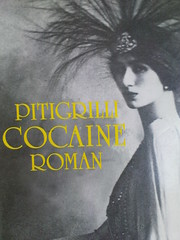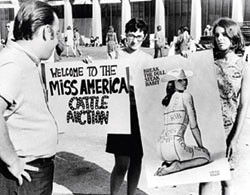In search of computer love.
“In 1959, Texas Instruments’ Jack Kilby files the first patent for an integrated circuit. (Texas racists later run him out of town, crying “segregation forever!”)”
Today, 2008 September 2, is the 50th anniversary of the integrated circuit, and invention that lead to electronic music, Japanese music machines, personal computers, the internet, bitpop and YouTube, to name but a disparate yet connected few.
Much of what we now call the origins of postmodernity coincides with the “microchip revolution or digital revolution,” aptly described by techno-utopian writer Alvin Toffler in Future Shock (1970) and The Third Wave (1980) .
With “Computer Love” (1981), Kraftwerk became the first German musical ensemble to hit No. 1 on the U.K. music charts and the first band to reach an audience with a love song to the computer.
Zapp and Roger also professed their love for man’s best friend in “Computer Love”[3] (1985).
Computer love can lead to computer addiction. By the mid eighties most traditional orchestration was replaced by “Japanese music machines” in Western music. Marvin Gaye’s single “Sexual Healing” lead the way.
An outright celebration of the electronic aesthetic came with electronic disco (“I Feel Love,” “Do You Wanna Funk”), electro funk (“Planet Rock”), techno (“Techno City”) and house music(“Your Love”); while previously non-electronic genres such as reggae also took up the aesthetic (Sleng Teng), but nowhere was this man/machine love affair so strong as in acid house (“I Got a Big Dick”).
Several of these compositions are WMCs.
See also: The Electronic Revolution.


![9/11 The falling man [pr0x] (new DL links!!)](http://i3.ytimg.com/vi/BXnA9FjvLSU/default.jpg)











































